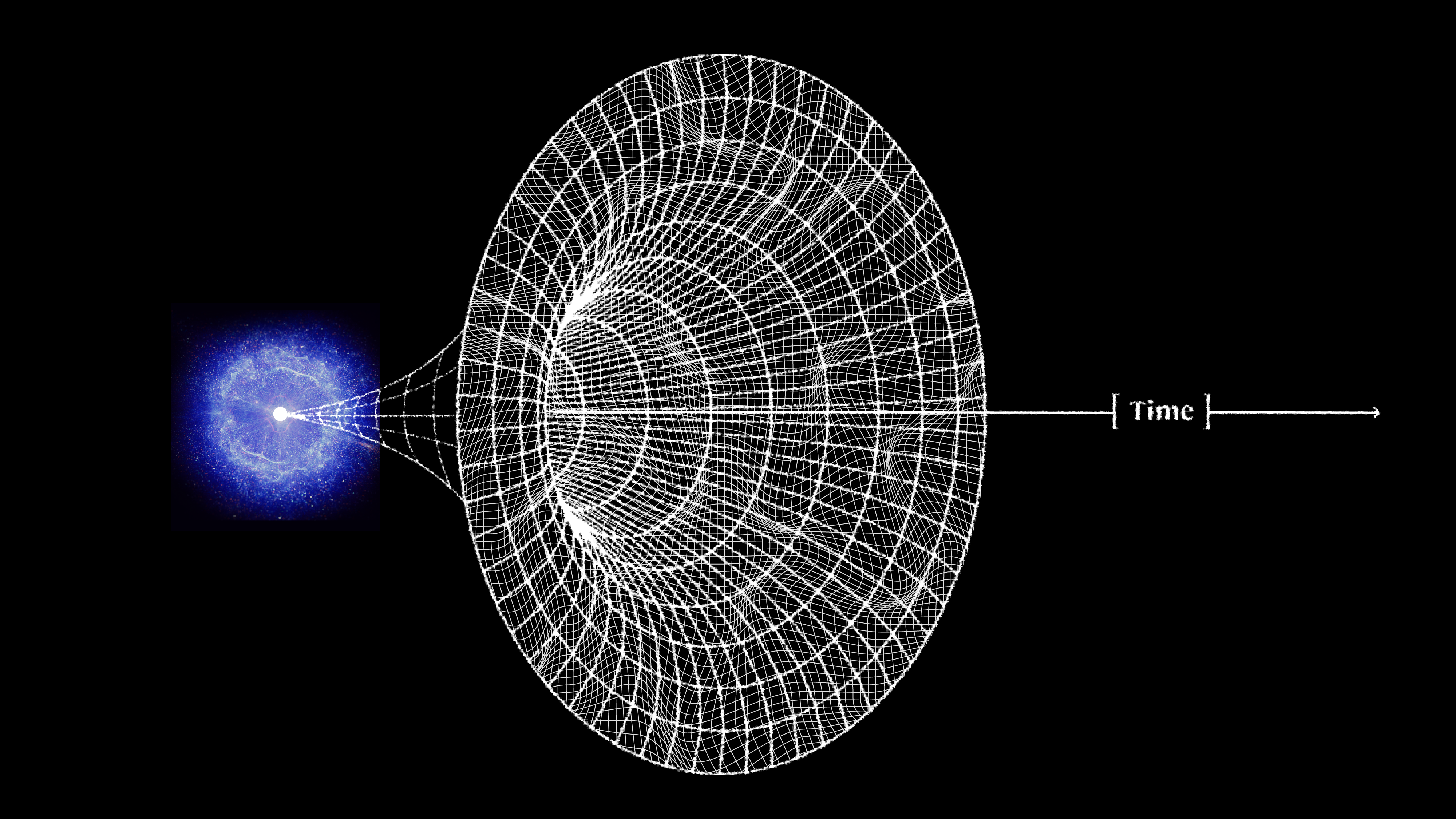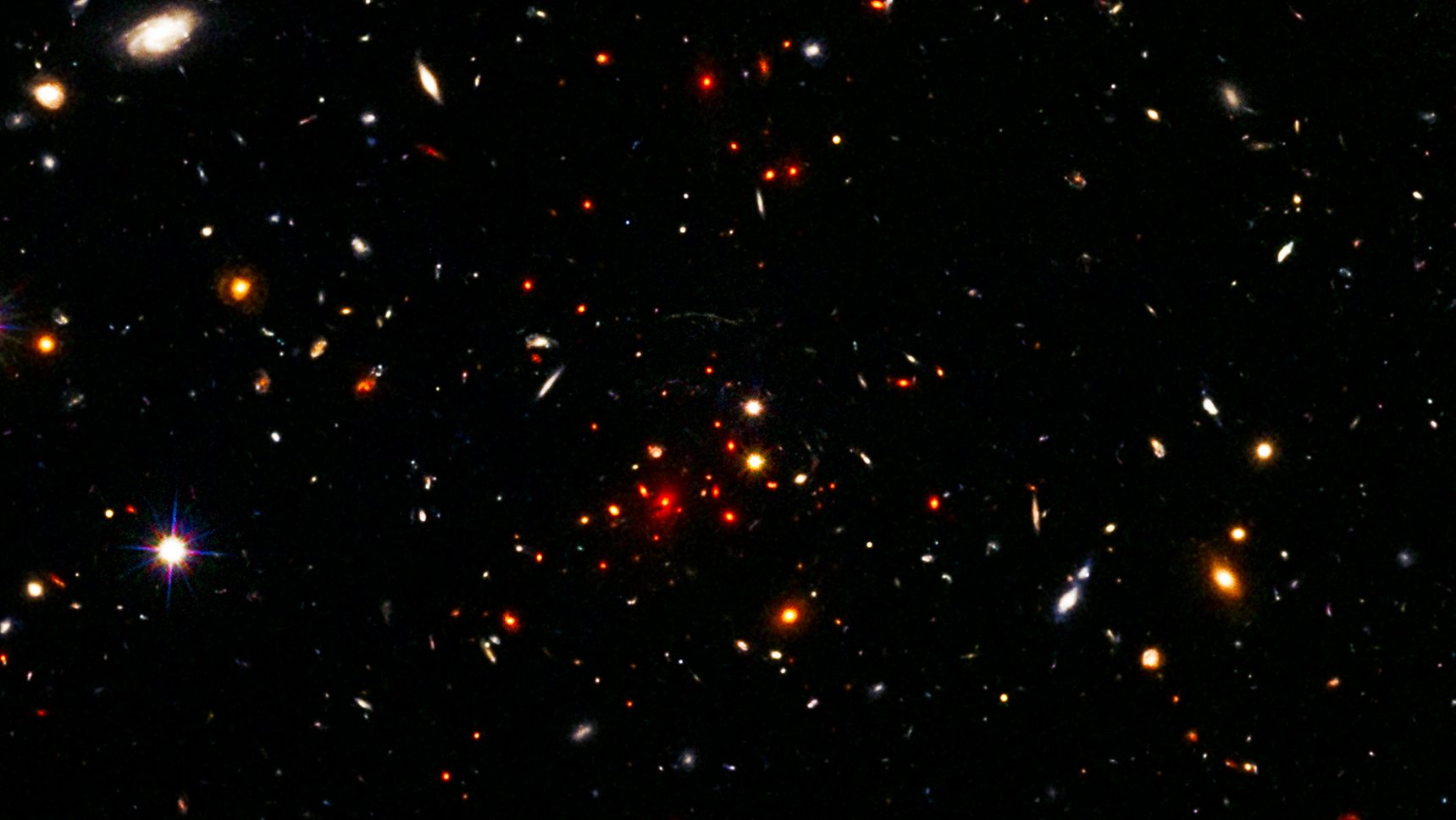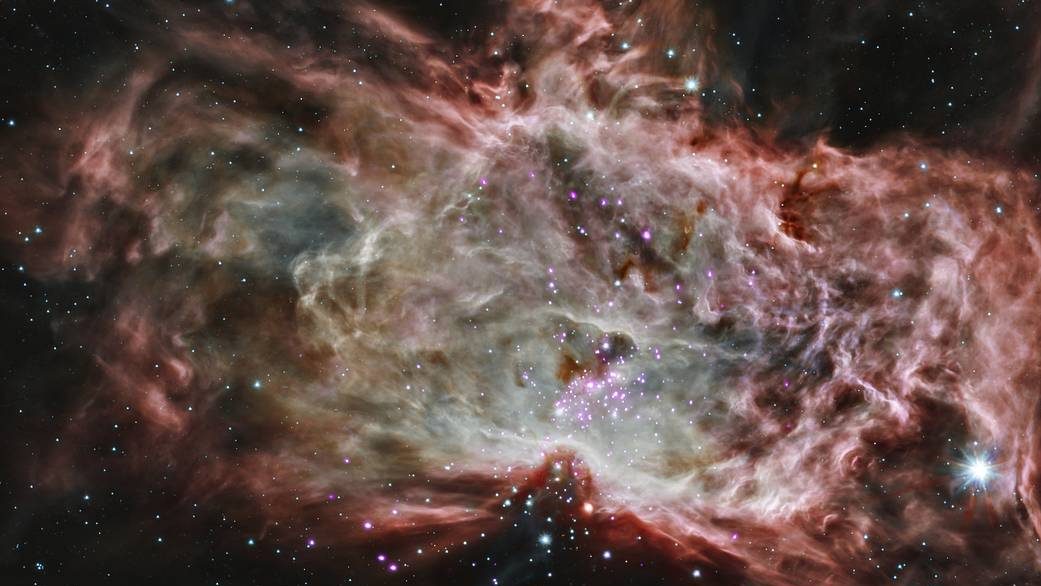Prominent Astrophysicist Calls the Big Bang A “Mirage”

Science classes the world over teach that the Big Bang is the beginning of our universe, as if it’s established fact. In reality, it’s a theory and one that’s been challenged periodically. In the last few years, two teams of scientists have revived the debate, and offer fascinating alternative models. A recent paper published in the journal Nature, even goes so far as to suggest that the Big Bang was a “mirage.”
This paper was written by astrophysicist Niayesh Afshordi and colleagues, at the University of Waterloo in Ontario, Canada. They built upon the work of physicist Gia Dvali at the Ludwig Maximillian’s University in Munich, Germany. Physicists have some evidence that the Big Bang took place.
For instance, microwave radiation lurking in the background suggests an apocryphal explosion some 13.7 billion years ago, when the Big Bang is said to have taken place. The fact that the universe is still expanding also suggests that all things came from a common point, strengthening the accepted theory. But what happened before it took place has always been a mystery.
Today, we’re told is that everything began with an unimaginably hot, infinitely dense point in space, which did not adhere to the standard laws of physics. This is known as the singularity. But almost nothing is known about it. Afshordi points out in an interview in Nature, “For all physicists know, dragons could have come flying out of the singularity.” Mathematically, the Big Bang itself holds up. But equations can only show us what happened after, not before.

Background radiation in the universe. Getty Images.
Since the singularity doesn’t fit into normal, predictable physics models and can’t offer a glimpse into its own origins, some scientists are searching for other answers. Dr. Ahmed Farag Ali of Benha University, in Egypt, calls the singularity, “the most serious problem of general relativity.”
He collaborated with Professor Saurya Das of the University of Lethbridge, in Canada, to investigate. In 2015, they released a series of equations which describe the universe, not as an object with a beginning and an end, but as a constantly flowing river, devoid of all boundaries.
There was no Big Bang in this view and similarly no “Big Crunch,” or a time when the universe might stop expanding and begin condensing. They published their work in the journal Physics Letters B, and plan to introduce a follow-up study. The paper attempts a Herculean feat, to heal the rift between general relativity and quantum mechanics.
In this view, the universe began when it filled with gravitons as a bath fills with water. These don’t contain any mass themselves but pass gravity on to other particles. From there, this “quantum fluid” spread out and the speed of expansion accelerated.
So far, it remains a hypothesis which must undergo a battery of tests, before it can compete with or supersede the present model. This isn’t the only challenge to currently accepted theory.

Currently accepted model. NASA Jet Propulsion Laboratory. Caltech.
To get a better idea on how the universe began, Prof. Afshordi and his team created a 3D model it, floating inside a 4D model of “bulk space.” Remember, the fourth dimension is space-time. This 3D model resembled a membrane, so scientists named it the “brane.” Next, they examined stars within the model and realized that over time, some would die off in violent supernova, turning into 4D black holes.
Black holes have an edge called the event horizon. Reach it and nothing will save you from being pulled in. Nothing escapes its omnipotent pull, not light, not even stars. We think of an event horizon as a corona around a black hole, as it is usually represented in 2D images. Everything in space is 3D (4D actually). So it isn’t a ring, but an outer layer of the black hole’s surface.
Afshordi ran the model to see what would happen when a 4D black hole swallowed a 4D star. A 3D brane fired out, as a result. What’s more, the ejected material began expanding in space. So the universe may be the result of a violent interaction between a star and a black hole.
Ashfordi said, “Astronomers measured that expansion and extrapolated back that the Universe must have begun with a Big Bang — but that is just a mirage.”
To learn more about one alternate theory to the Big Bang, click here:





